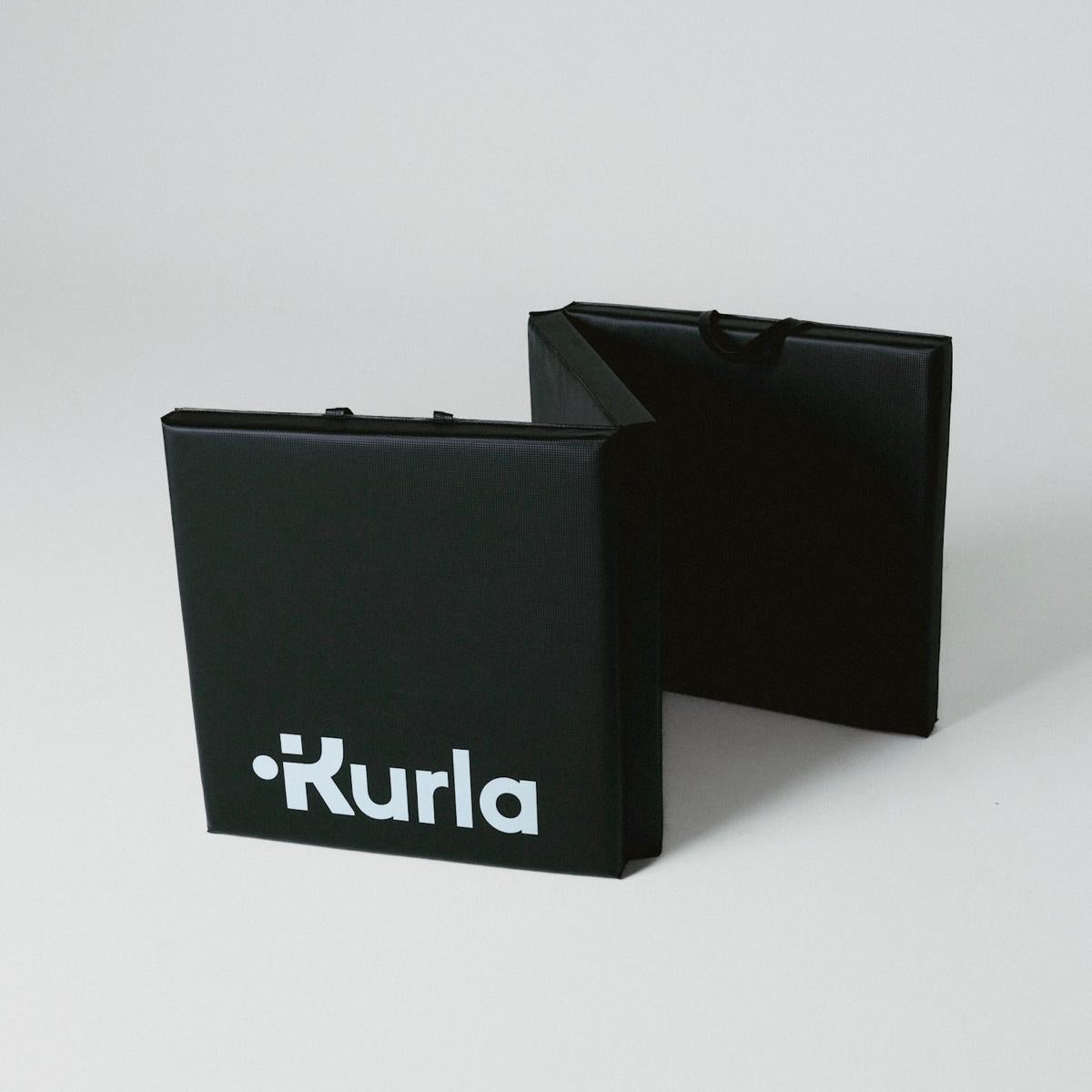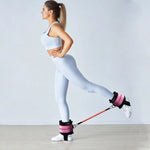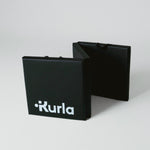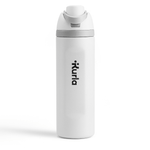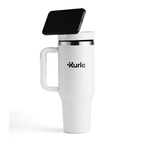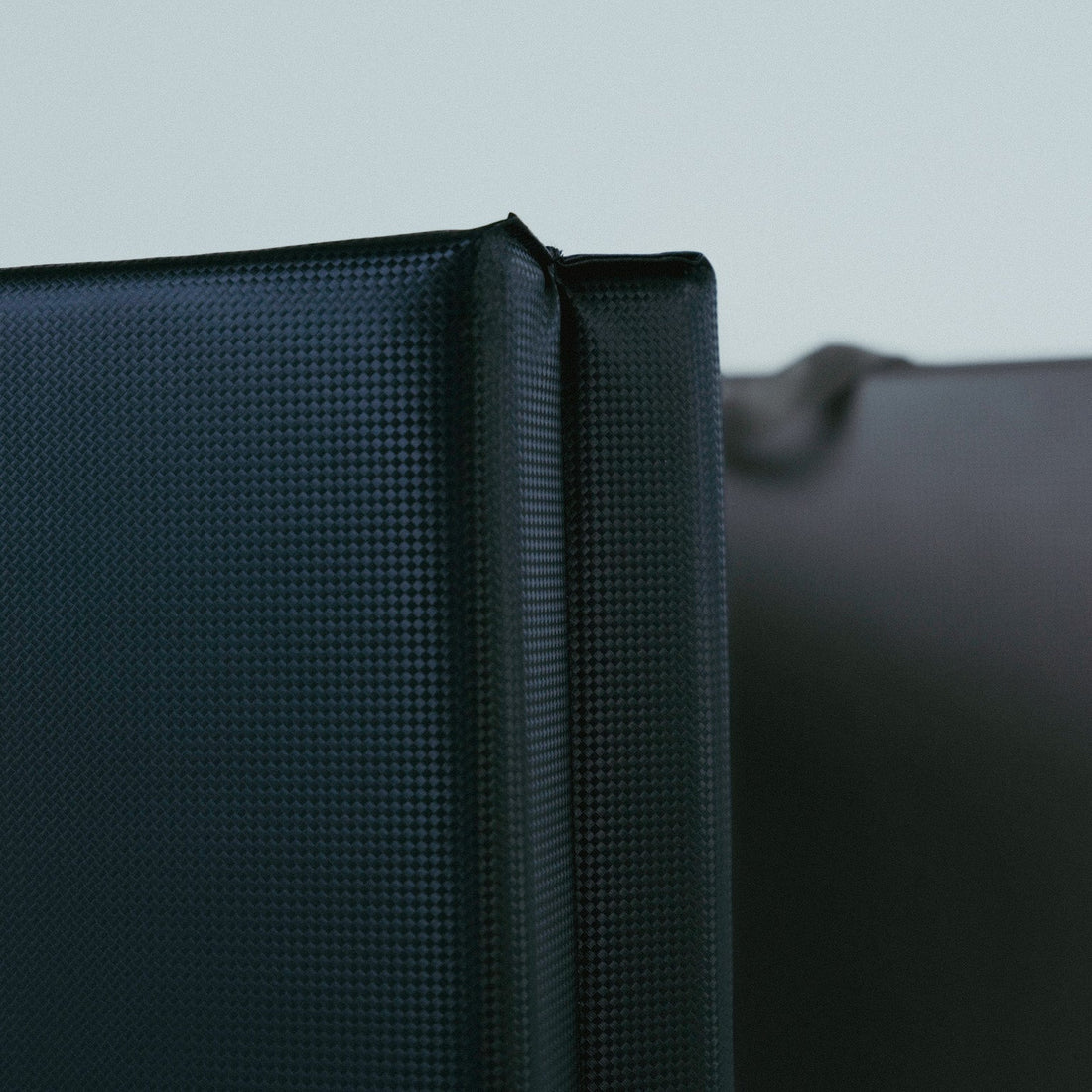
Are Exercise Mats Waterproof?
When buying an exercise mat, one of the most common questions people ask is: are exercise mats waterproof? The answer is not completely straightforward. Most mats are water resistant, while only some are truly waterproof. Understanding the difference can help you make the right choice for your workouts, whether you practice yoga, Pilates, HIIT, or strength training with equipment like KURLA Glute Ankle Weights.
Waterproof vs Water Resistant – What’s the Difference?
The terms waterproof and water resistant are often used interchangeably, but they mean different things.
1) Water resistant mats are designed to repel sweat and light moisture on the surface. They are fine for daily use but can absorb water if submerged or exposed to large spills.
2) Waterproof mats, on the other hand, are made with closed cell foam or sealed rubber materials that prevent liquid from penetrating the surface. These are ideal for heavy sweaters, group gym environments, and people who want maximum hygiene.
In short, most high quality mats are at least water resistant, but only certain premium mats are truly waterproof.
Materials That Impact Water Resistance
The material of the mat plays the biggest role in determining whether it is waterproof or not. Let’s break it down:
Closed Cell Foam
Closed cell foam mats are sweat proof and easy to clean. The sealed bubbles in the foam prevent water absorption, making these mats perfect for yoga, Pilates, and core work. They are lightweight and portable, yet durable enough for regular training.
Rubber Mats
Rubber is naturally water resistant, dense, and slip resistant. It provides excellent stability for strength training and home gym setups. Rubber mats are also known for their long lifespan and ability to withstand heavy weights, making them a great option if you combine bodyweight training with equipment.
PVC Mats
PVC mats are durable, smooth, and moisture resistant. They are widely used in yoga studios and fitness centers. While they may not be 100% waterproof, they are highly resistant to sweat and spills, and easy to wipe clean.
Why Waterproofing Matters
Choosing a mat that resists water is not just about comfort. It also impacts your health, safety, and how long your mat lasts.
1) Hygiene: A waterproof mat prevents sweat and bacteria from seeping into the material, keeping it fresher for longer.
2) Durability: Water can break down foam or fabric over time. Waterproof mats last longer under regular use.
3) Grip and Safety: A dry mat gives you better traction, reducing the risk of slipping during exercises.
4) Easy Maintenance: Waterproof mats only require a quick wipe down after each workout, saving time and effort.
For those who sweat heavily during training, or who practice in shared gym spaces, a waterproof or water resistant mat is a smart investment.
How to Care for Your Exercise Mat
Even the best mats require proper care to maintain their water resistance. Here are a few tips:
1) Clean regularly: Wipe down your mat after every workout with a damp cloth or mild cleaner.
2) Avoid soaking: Do not immerse your mat fully in water, especially if it is water resistant but not fully waterproof.
3) Air dry: Let your mat dry completely before rolling it up or storing it.
4) Store properly: Keep your mat in a cool, dry space away from direct sunlight to prevent damage.
5) Use with clean shoes or bare feet: Dirt and grit can wear down the surface over time.
Pairing your mat with lightweight equipment like KURLA Glute Ankle Weights keeps your workout hygienic and efficient without causing unnecessary wear and tear.
When to Use a Waterproof Mat
Waterproof mats are especially beneficial for:
1) High sweat workouts such as HIIT, cardio, or hot yoga
2) Shared spaces where hygiene is critical
3) Strength training with ankle weights or resistance bands where stability and durability matter
4) Rehab and physical therapy sessions where mats must be cleaned thoroughly and frequently
If you mostly do light yoga or stretching at home, a water resistant mat may be enough. But if you push through sweaty sessions or combine floor work with weights, a waterproof mat is the safer option.
The Role of Mats in Weighted Workouts
Many people today use mats for weighted bodyweight training, especially with gear like ankle weights and resistance bands. For example, combining an exercise mat with the 18 Page KURLA Training Guide gives you a structured path for glute sculpting, Pilates, and strength work.
In such cases, having a waterproof mat prevents sweat from damaging your equipment or creating slippery conditions, ensuring a safer training environment.
Choosing the Right Mat for Your Routine
Here is a quick guide:
1) Yoga and Pilates: A closed cell foam or PVC mat that is water resistant is usually sufficient.
2) HIIT or circuit training: Choose a waterproof rubber or heavy duty foam mat for stability and hygiene.
3) Strength training with weights: Go for dense rubber or PVC mats that are easy to wipe clean and can handle heavy loads.
4) Rehabilitation or therapy: Opt for waterproof mats that can withstand frequent cleaning and sanitizing.
Final Thoughts
So, are exercise mats waterproof? Some are, some are not. Most are at least water resistant, and the best are truly waterproof thanks to closed cell foam, rubber, or PVC construction.
If you want your mat to last, resist sweat, and stay safe during high intensity training, waterproof mats are worth the investment. Pair your mat with versatile tools like KURLA Glute Ankle Weights and follow the 18 Page KURLA Training Guide to take your workouts to the next level.
